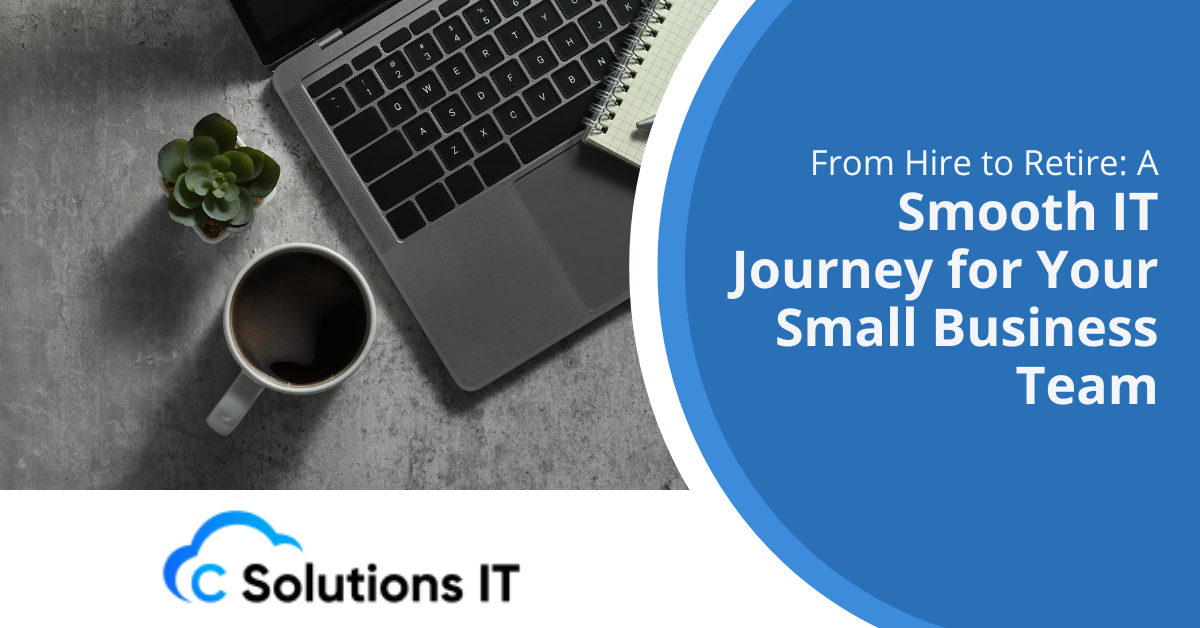From Hire to Retire: A Smooth IT Journey for Your Small Business Team

Whenever a new team member joins your business, they bring in more than just skills. They bring in devices, accounts, and access to the tools that they need to do their task. From that very first day to their last, the way you manage their technology can mean the difference in productivity, security, and employee satisfaction.
Think about it as maintaining a car fleet; if you hand over the keys to a brand-new coupe without any training or guidance and no plan for maintenance, you’re setting yourself up for trouble down the road. The same is the case with laptops, accounts, and digital access in a business setting.
A well-laid-out “hire to retire” IT process helps you get through the following:
- Reduce onboarding delays so employees can start contributing right away
- Keep accounts synced and secure across all devices
- Protect company data during role changes and departures
- Extend the life and value of your devices with smart end-of-life management
Setting the Stage for Success
Get Devices Ready Before Day One
A smooth first day starts with having the right equipment that is configured ahead of time, which means:
- Preloading all necessary software, apps, and security tools
- Creating user profiles with authorized permissions
- Ensuring the device is fully updated to avoid any “Day 1” download delays
By preparing devices ahead of a new hire’s arrival, or setting them up remotely, you eliminate the awkward downtime that comes with waiting for IT installations.
Automate Account Creation
Manually creating accounts across multiple apps can be time-consuming, and prone to errors. An automated onboarding tool can:
- Provision accounts in minutes
- Assign the correct licenses based on the employee’s role
- Sync credentials across platforms to avoid password chaos
The result? Your new team members can log in once and get to work right away, without juggling multiple usernames.
Provide a Welcome Guide for Tech
Even the most tech-savvy employees appreciate a quick-start guide. A brief introduction covering login procedures, Wi-Fi access, email setup, and company tools helps them feel confident and cuts down on “Where do I click?” questions.
Keeping Devices and Accounts in Sync
Why Sync Matters
In small businesses, employees often use several devices, laptops, desktops, tablets, and smartphones. Without syncing files, emails, and settings, work can come to a halt each time they switch devices.
Cloud-Based Collaboration Tools
Platforms such as Microsoft 365 and Google Workspace make it simple to:
- Store files in the cloud for instant access from anywhere
- Sync calendars and contacts seamlessly across devices
- Keep documents updated in real time for smooth team collaboration
Single Sign-On (SSO) for Simplicity and Security
With SSO, employees can easily log in to their work apps by using one secure set of credentials. It speeds up access and helps reduce password fatigue, a leading cause of weak password habits.
Mobile Device Management (MDM)
MDM platforms cross-check security and consistency all across the devices, letting you:
- Push updates remotely
- Enforce security settings like encryption and screen locks
- Wipe lost or stolen devices to protect company data
Offboarding: Closing the Loop Securely
Why Offboarding Is Just as Important as Onboarding
When an employee leaves, whether by resignation, retirement, or termination, it’s essential to promptly secure your company’s sensitive information. Overlooked accounts and unreturned devices can create significant security risks and expose your business to potential threats.
Immediate Account Deactivation
Promptly disabling the departing employee’s accounts prevents any unauthorized access. This typically involves:
- Email and cloud storage accounts
- Internal systems and shared drives
- Third-party apps associated with their role
Transfer Ownership of Files and Projects
Before deactivating an account, make sure all of your important files and projects are transferred to another team member or a shared drive. This keeps projects on track and ensures the business keeps moving forward.
Device Return and Data Wipe
Collect all company devices from the departing employee and securely erase all data. This protects sensitive information and prepares the devices for reassignment or disposal.
Managing Device End-of-Life
Knowing When It’s Time
Every device has a lifespan. Signs like slow performance, frequent freezes, and the inability to run current software indicate a device is nearing the end of its useful life. Waiting too long to replace it can hurt productivity and increase security risks.
Plan for Replacement Cycles
Instead of replacing devices sporadically, establish a regular replacement schedule—typically every 3 to 5 years for laptops and desktops. This approach:
- Spreads out costs evenly
- Prevents sudden budget spikes
- Ensures employees have reliable, secure hardware
Data Security During Disposal
Before recycling devices, protect your data by:
- Performing a certified data wipe
- Removing and securely destroying old drives if necessary
- Partnering with a reputable e-waste provider to comply with data privacy regulations
Best Practices to Keep the Process Smooth
Document Every Step
Maintaining clear documentation, from onboarding to offboarding, helps ensure nothing is overlooked. This includes:
- Which accounts to create or deactivate
- Device setup and return procedures
- Security protocols at each stage
Standardize Your Tools
Using consistent tools and platforms makes managing accounts, training staff, and troubleshooting much easier.
Regularly Audit Access
Over time, employees may retain access to tools or data they no longer need. Periodic audits help tighten security and minimize risk.
Train Your Team on Security Basics
Even with the best IT systems, human error can cause issues. Ongoing training on threats, strong password habits, and device care keeps everyone aligned with your security priorities.
From First Login to Farewell, IT Should Work for You
Your employees’ IT experience isn’t just about the technology; it’s about empowering them to do their best work without unnecessary hurdles. From their first login to their final log out, every step should be designed for greater efficiency, stronger security, and complete peace of mind.
Let’s Make IT Seamless for Your Team
Creating a hire-to-retire IT strategy doesn’t have to be complicated. The right IT solutions from C Solutions IT can help you automate, secure, and streamline the entire process, so new hires get up to speed faster, your data stays protected, and you can even extend the life of your devices with less stress.
If you’re ready to give your team a seamless IT experience from day one to the last time they close their laptop, contact C Solutions IT to start planning a smarter, smoother approach.
